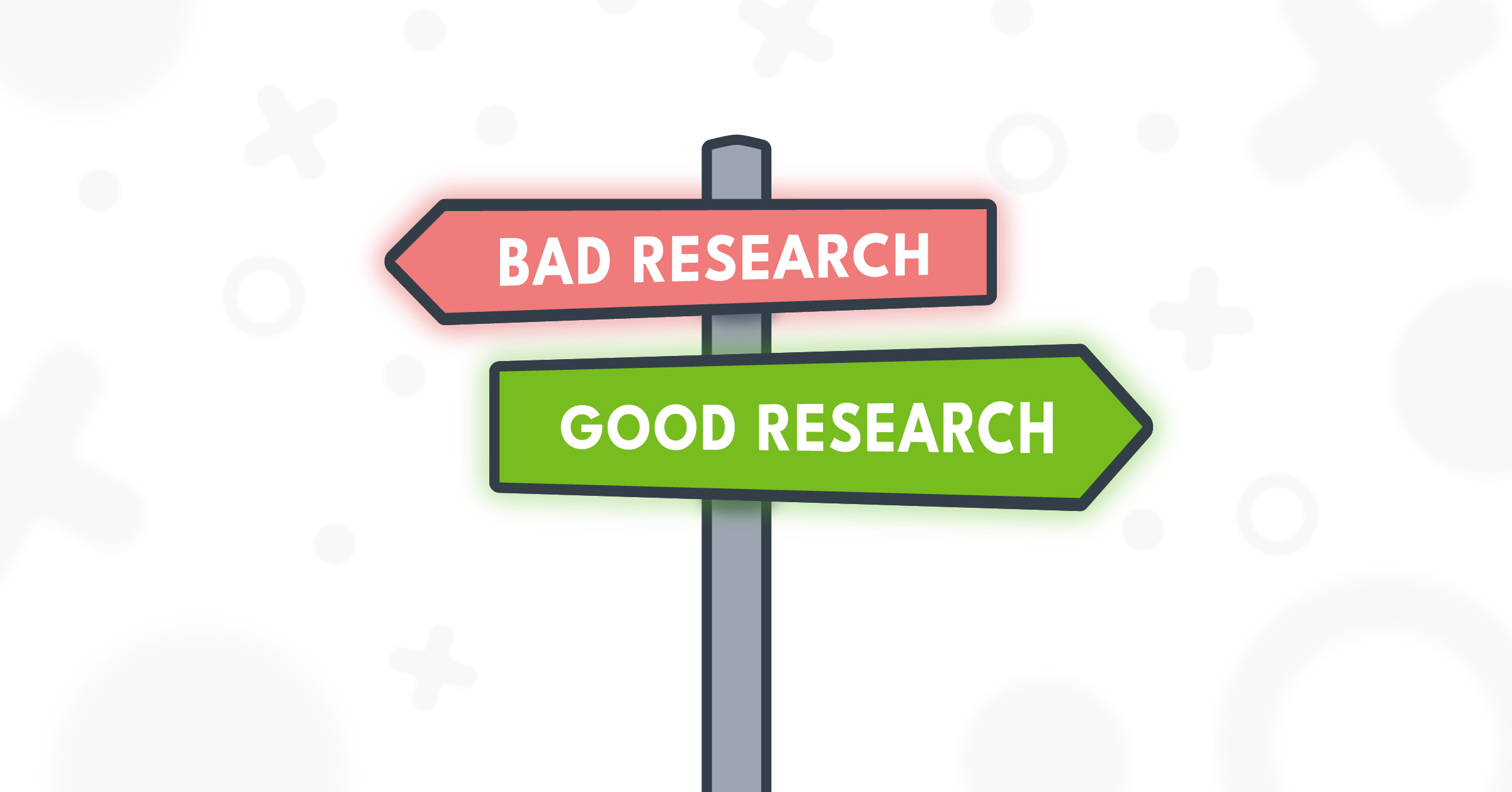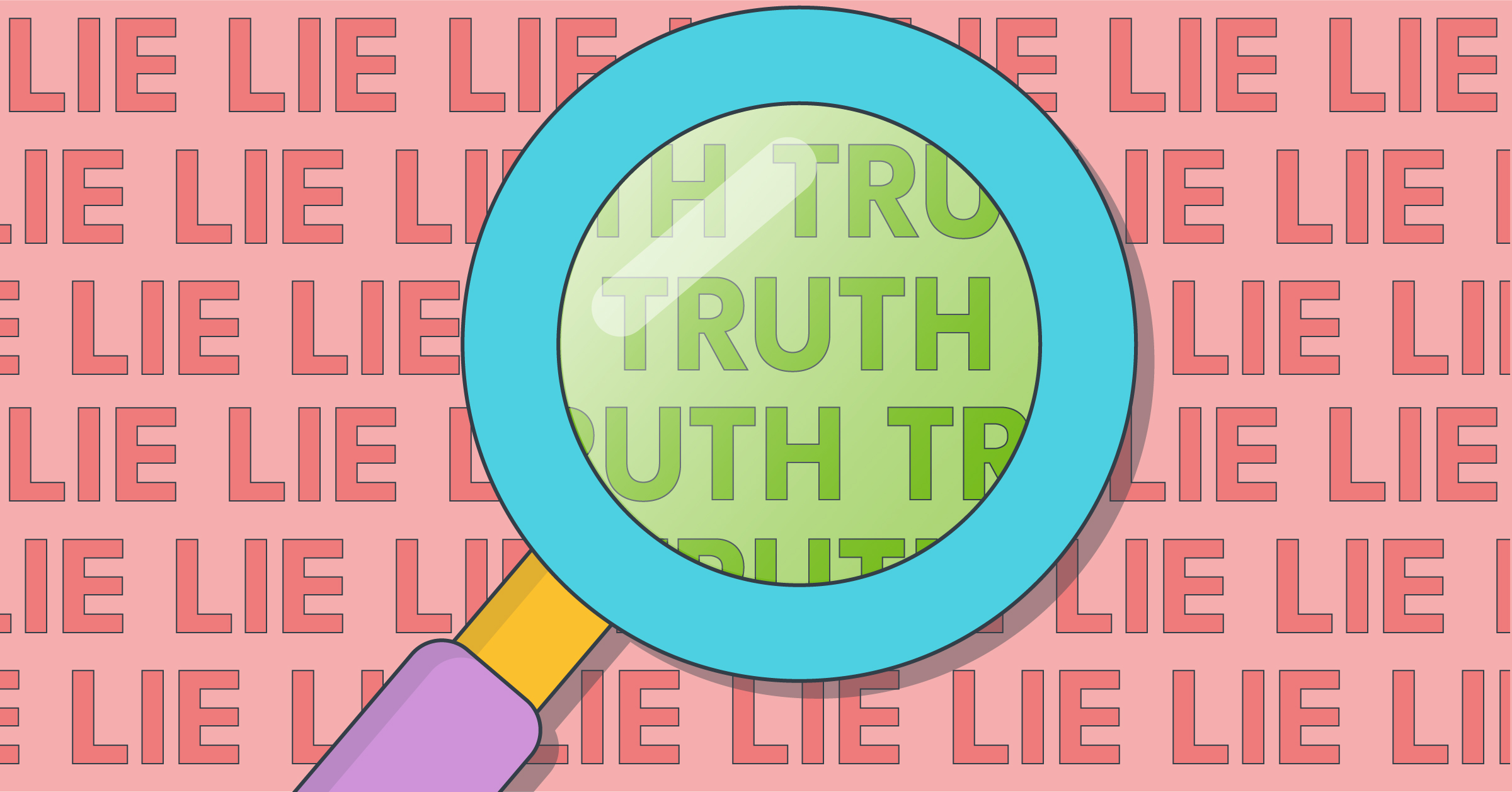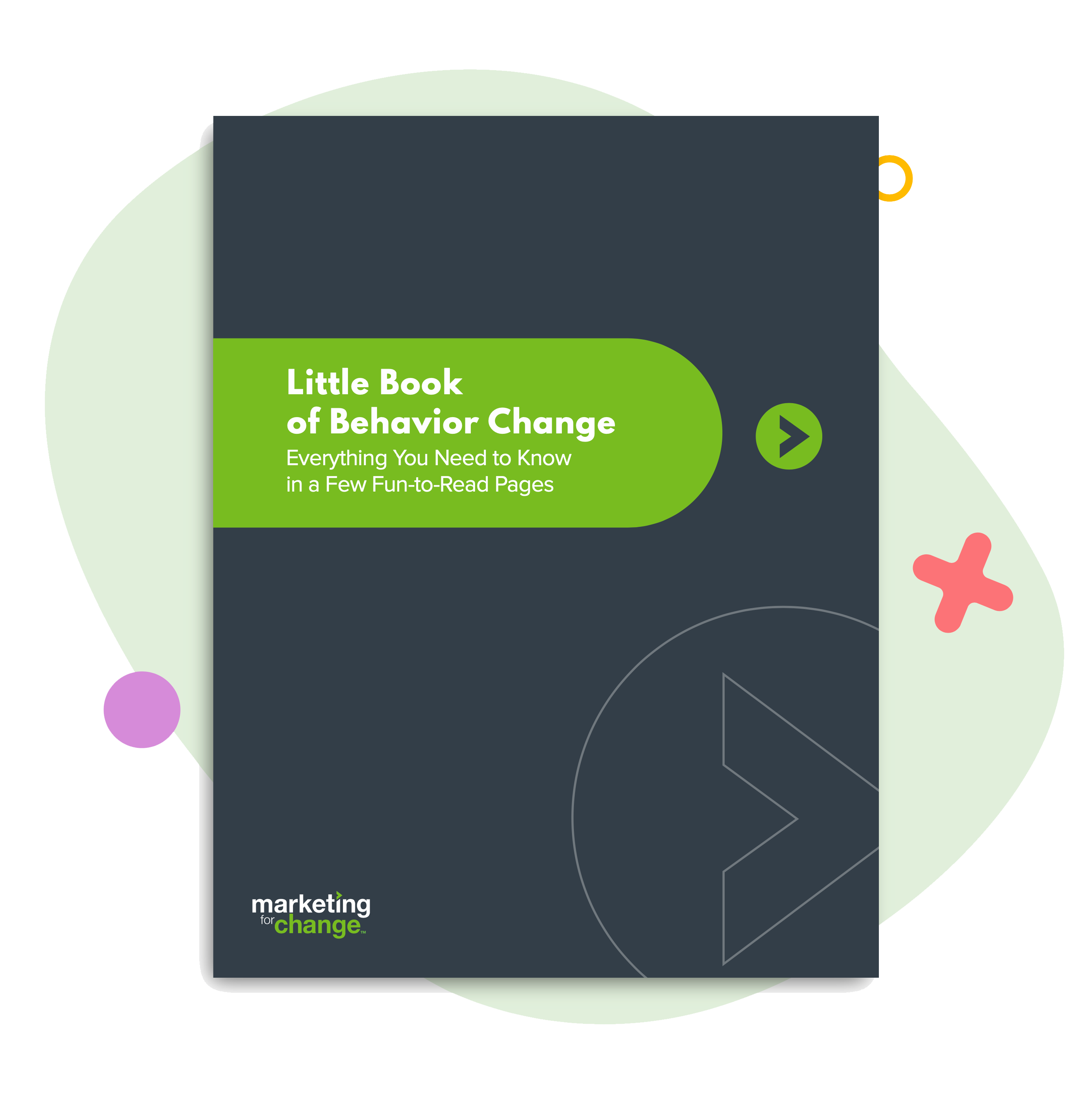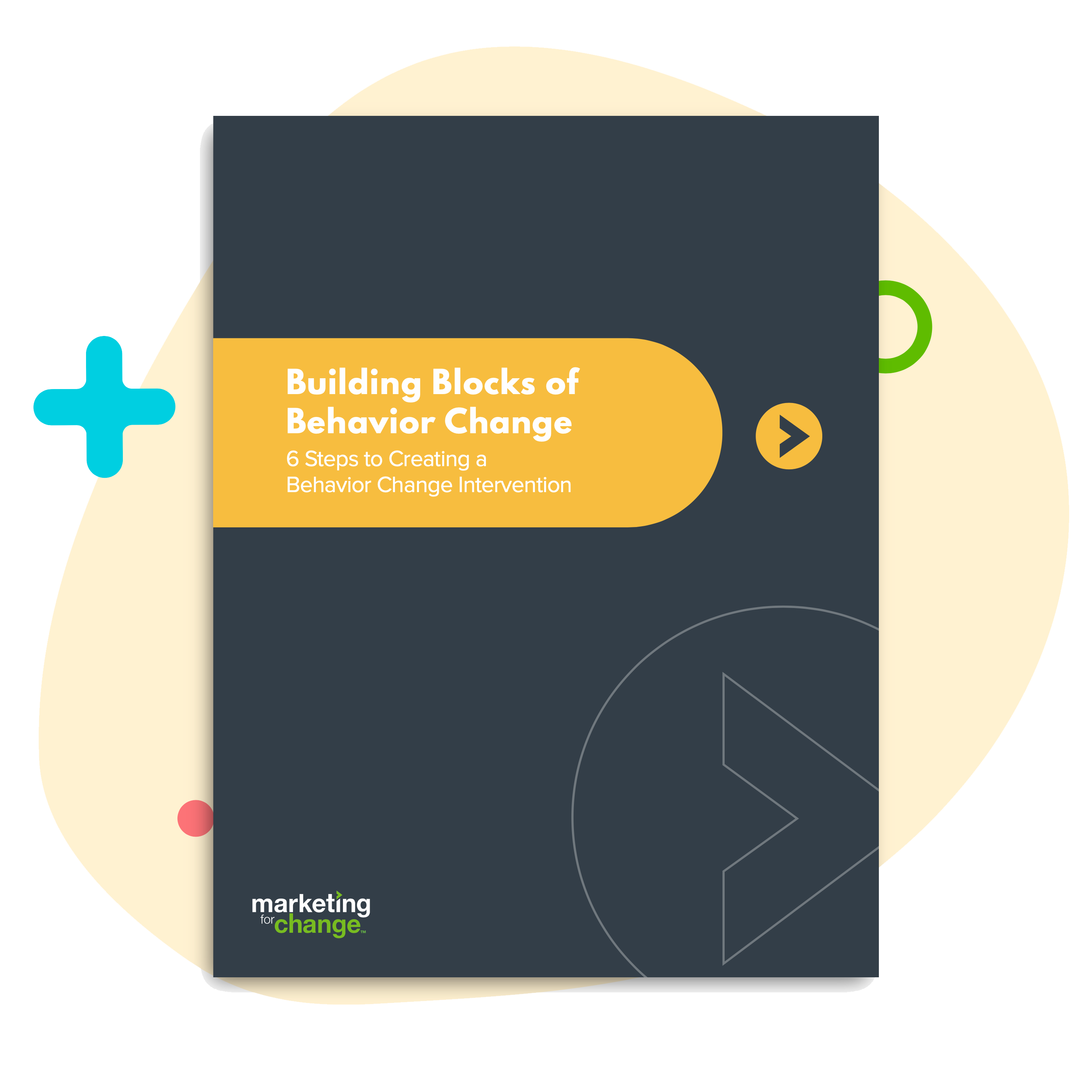
To Change Behavior, Stop Caring What People Think.
Common sense tends to tell us the behavior arrow goes one way: attitudes → behaviors
You believe something, so you do something. We’re all just perfectly rational beings, right? (What behavioral economists call homo economicus.) Well, attitudes are a pretty good predictor of what someone will do. But it’s important to be aware that the arrow points the other way, too: behavior influences attitude. It might be a novel idea, so let’s look at how this plays out with behavior-change marketing.
But first, self-standards. What does that mean? Well, self-standards are the behavior determinant that help us answer what people expect of themselves and how their own self-perception affects what they’ll do. Self-standards are a powerful tool in the behavior change marketer’s toolkit. As it happens, commercial marketers were early in trying to make use of the idea that people value internal consistency—they want to connect the way they act with the way they feel. This manifested itself most prominently in what’s called the foot-in-the-door technique. Basically, a person is more likely to comply with a request (do this, buy this) when he or she has already agreed to a similar, and smaller, request.
Now, this isn’t just simple manipulation or pressure, and there are some psychological notions at play here (one such called “successive approximations”). So why does it work this way? The psychology behind it goes like this: from the self-observation of committing to the small request, a person is more likely to consider his or her own attitudes to be in line with further behaviors of the same kind.
Let’s give an example of a plucky behavior-change marketer who wants to increase residential recycling. This door-to-door behavior-change marketer asks you to sign a petition favoring the building of a new recycling center and then put a small sign in your yard. Sure, why not? It’s a small ask.
Well, this behavior-change marketer comes back a few days later and asks whether you’d like to enroll in a recycling service. If he or she asked you outright the first time, you may have said no. But you’ve signed that petition and put up that sign: I mean, you are someone who’s green-conscious, afterall. So sure, why not! (Examples like this have been done time and time again in the social sciences.)
In fact, some behavior-change marketing has been conducted (using what we’d call self-standards) to achieve something very similar to this. In 2008, the researchers Cornelissen et al. posited that a problem with consumers who failed to make environmentally conscious decisions was that they did not view themselves as the types of consumers who were environmentally conscious. By using some positive cueing (i.e., showing to these people that they were already engaging in sustainable behaviors), the participants were influenced into choosing environmentally friendly products with a much greater frequency.
How cool! So what does all of this do for us trying to better our society by getting people to do something (recycle, donate blood, brush their teeth)? How can we use behavior to influence attitudes (and then more behaviors)? Using self-standards and self-perception gives us insights into how and where we can position our product for maximum effectiveness. Go where people are feeling the way you want them to feel when they’re doing your behavior (e.g., “I’m at a charity 5k so I guess I am someone who goes the extra mile to do good”). Show people that they’re already the kind of people who do your behavior. And consider reaching them in ways that you can get a small commitment—say, to sign a petition, to visit a website, to have a talk with someone. People want to stay consistent, and sometimes approaching the behavior change problem from the behavior side is the first step in doing this.






